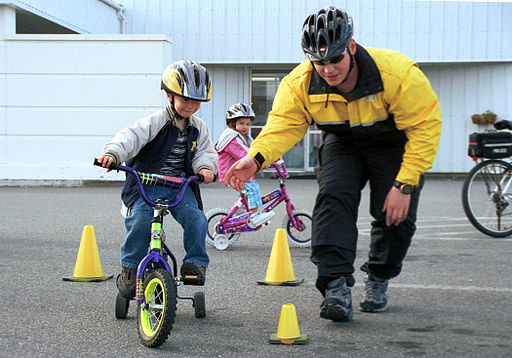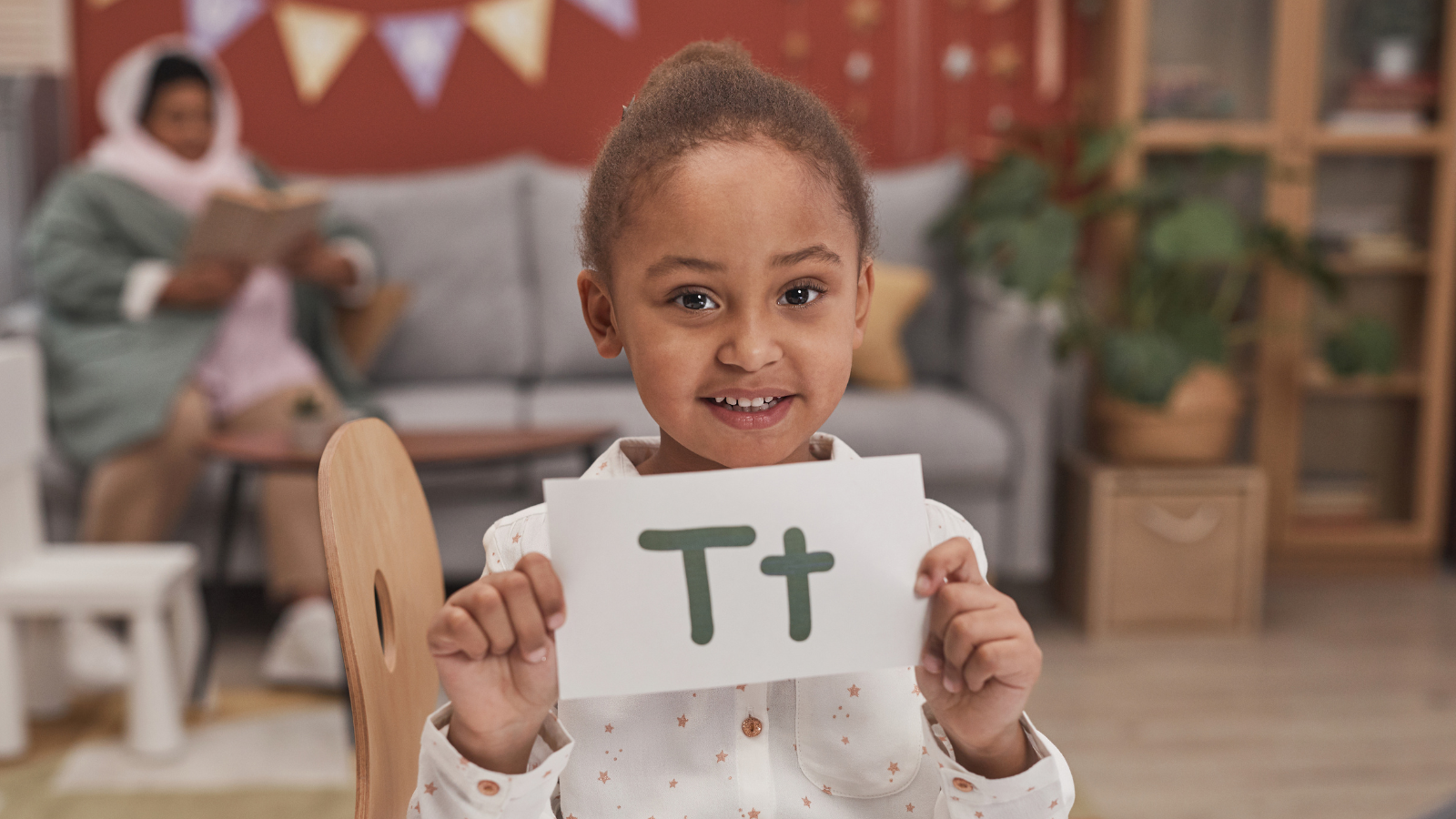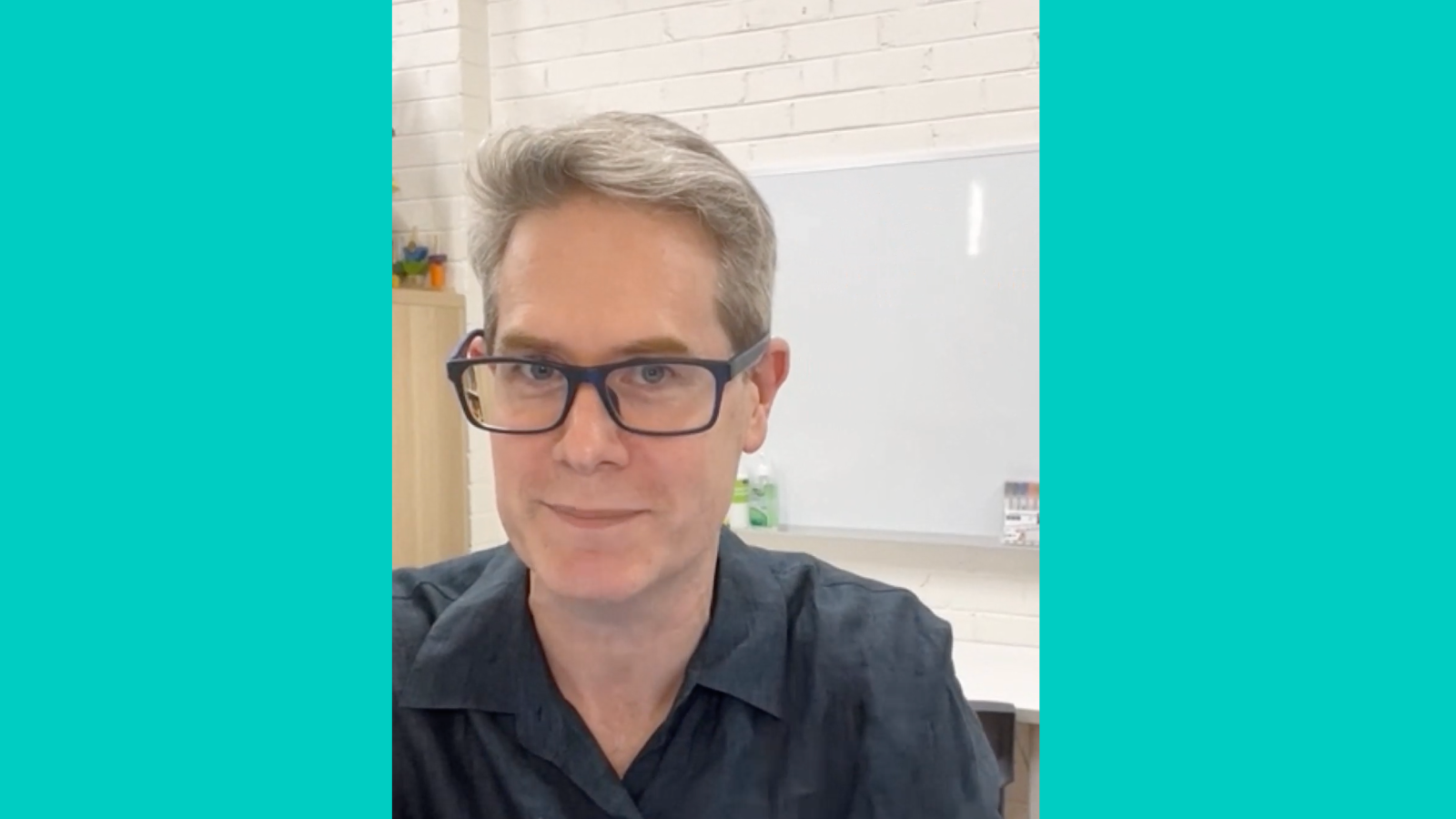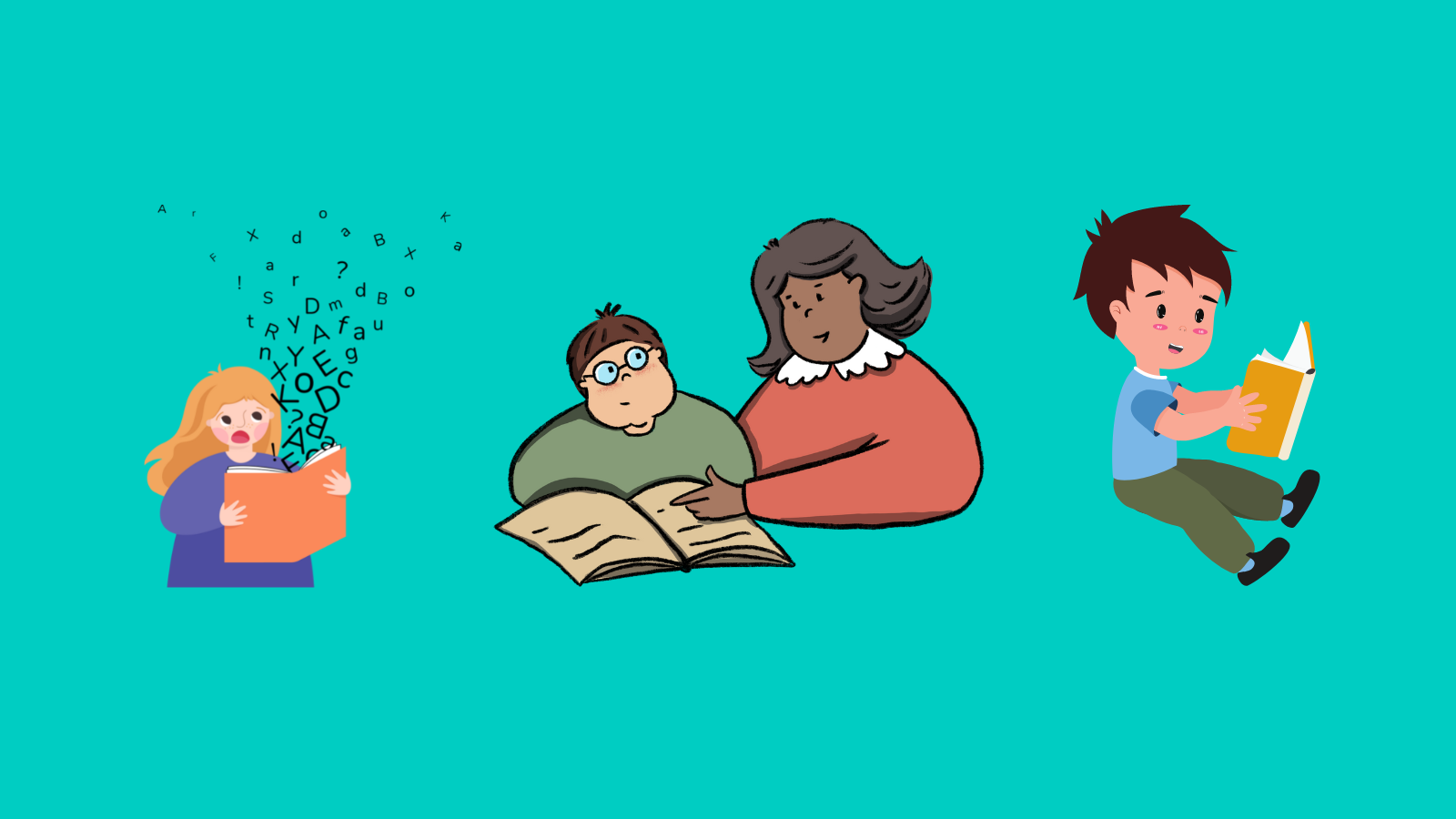How to treat speech sound problems 1: the Cycles Approach
So we’ve written more than a few articles about speech sound disorders, including common and less common phonological problems. So how do you treat them?
One of the most common methods for treating pre-schoolers and school-age kids with severe phonological problems is the “Cycles Approach”.
Who developed it?
This approach was developed by Barbara Hodson and her colleagues and is based on principles of developmental phonology, cognitive psychology and research in phonological acquisition.
Who is it for?
The Cycles Approach was developed for children with highly unintelligible speech. But it has been used with children with a wide range of speech sound and other communication problems.
What is it?
The official name of the program is the “Cycles Phonological Remediation Approach”. It consists of 4 parts:
1. Choosing therapy goals focusing on a child’s main patterns of speech sound problems (rather than individual sounds) – eligible targets are consistent patterns or errors that occur at least 40% of the time. Hodson divides these potential targets into two categories:
a. primary patterns: these include (in order of importance) syllable structures, consonants on their own, velar sounds (/k/ and /g/), alveolar sounds (e.g. /t/ and /d/), hissy “fricative” sounds (e.g. /s/, “sh”, “ch”, /f/, /v/, j, but not “th” and s-clusters like “sm”) and liquid sounds (e.g. /l/ and /r/); and
b. secondary patterns: these include voicing errors like prevocalic voicing, distorted vowels, individual fricative sounds that have not been corrected after the primary patterns have been remediated, “glide sequences” and three consonant sequences (e.g. /str/). The idea is that most secondary patterns take care of themselves;
2. Targeting one primary pattern of error intensively for a fixed time, before moving on to the next pattern (regardless of whether the child has corrected the first pattern of error), and then thee next primary pattern and so on until all primary patterns of error have been targeted, completing one cycle. The second cycle then begins, starting again with the first pattern, but with more complicated targets;
3. Using focused auditory bombardment, where the child listens to amplified recordings of words and sentences containing the target patterns; and
4. Lots of practice producing words containing the target sound in treatment sessions.
Hodson considers all of these elements to be essential to the therapy. The idea is that, by targeting patterns of errors (rather than individual sounds), the treatment results in a system wide transfer of the trained sounds to other sounds and targets.
What happens in the sessions?
Cycles sessions usually take an hour and consist of 7 steps:
- Review words from the last session.
- Auditory bombardment (1-2 minutes).
- Introduction of target words for the session (usually 5-6 words).
- Play games requiring the child to practice the target words.
- Probe for next session targets.
- Repeat auditory bombardment.
- Homework – typically 2 minutes of auditory bombardment a day plus, optionally, a list of target words for the week to practice every day.
How long does it take?
As designed, Hodson’s treatment protocol is quite intensive and based on the idea that phonological acquisition happens slowly: 1 hour sessions, 3 times a week. Each pattern is targetted for 1-2 hours. Each cycle may last for up to 18 hours, depending on the number of error patterns the child’s speech contains. This means it can take more than 40 hours of treatment for clients with severe speech sound disorders to become intelligible to strangers. In practice, many researchers and clinicians have adapted Hodson’s approach to deal with research or service-delivery constraints (e.g. parents who are too busy or can’t afford to do three 1 hour sessions a week) (Baker & McLeod, 2011).
Does it work?
At least five studies have looked at the efficacy of cycles-based procedures using experimental designs. A randomised controlled trial showed that children treated with a modified cycles approach showed significantly greater accuracy in single word and conversational contexts than untreated children (Almost & Rosenbaum, 1998). However, other studies showed little or no improvement following cycles training (e.g. Tyler & Watson, 1991). These mixed results are hard to interpret because each of the studies used different outcome measurements, and modified cycles in different ways.
In a very recent study (cited below), researchers found that two out of three pre-school children with moderate-severe speech sound disorders exhibited statistically and clinically significant improvements in speech sound production after 18 hours of treatment using an unmodified version of cycles. They also found that target sound accuracy two months after therapy finished were stable or had improved for all three children. These results generally support he efficacy of cycles. However, they need to be interpreted with caution because of the small sample size (only 3 children), the lack of randomised controls and the fact that probes were administered by the clinician running the trial (which could perhaps have unconsciously biased the results).
One thing we don’t know is whether all components of the treatment are necessary to get good results. This is an important question for future research – particularly given the significant time and financial costs associated with implementing cycles in practice.
Principal source: Rudolph, J.M. and Wendt, O. (2014). The efficacy of the cycles approach: A multiple baseline design. Journal of Communication Disorders, 47, 1-16.
Related articles:
- Speech sound disorders
- How to treat speech sound disorders 2: the Complexity Approach
- How to treat speech sound disorders 3: the Contrastive Approach – Minimal and Maximal Pairs
- FAQ: 10 common speech error patterns seen in children of 3-5 years of age – and when you should be concerned
Image: http://tinyurl.com/p4noxkq

Hi there, I’m David Kinnane.
Principal Speech Pathologist, Banter Speech & Language
Our talented team of certified practising speech pathologists provide unhurried, personalised and evidence-based speech pathology care to children and adults in the Inner West of Sydney and beyond, both in our clinic and via telehealth.








